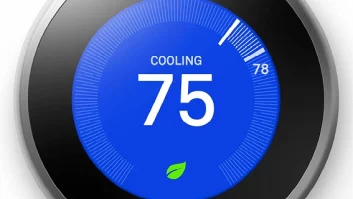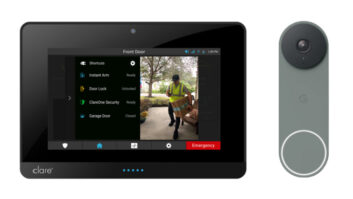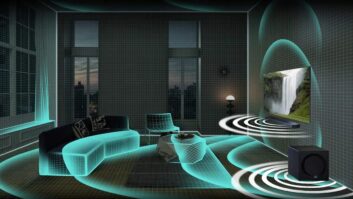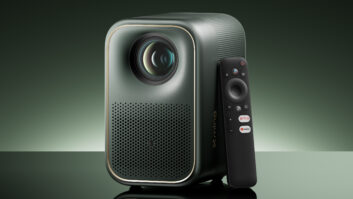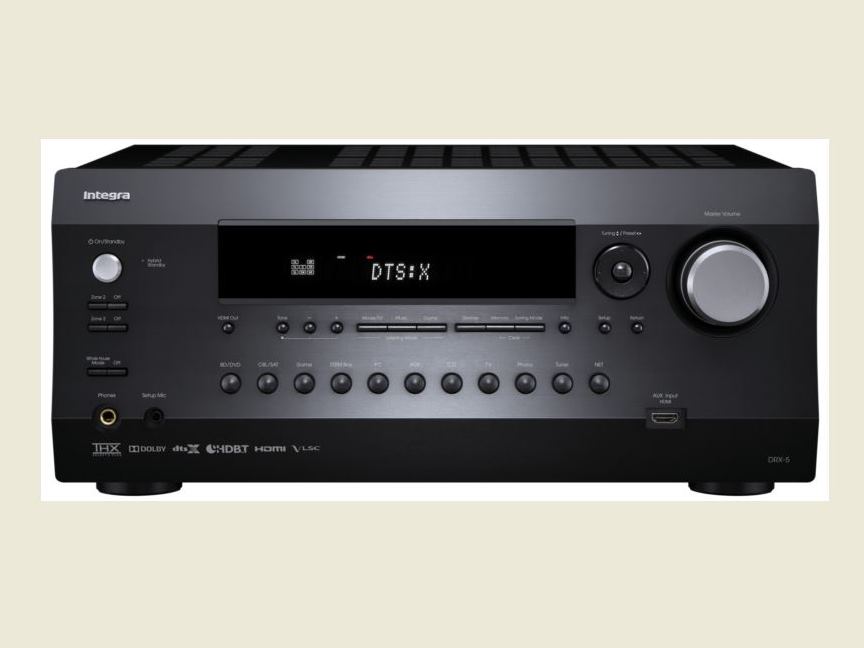
Integra is bringing multiple technologies to its audio/video receivers for the first time, including networked multiroom audio, Google Cast for audio, and Master Quality Authenticated (MQA) high-resolution audio decoding.
The technologies will be available as firmware updates in four new custom-install-oriented 7.2-channel AVRs. They are the $800-suggested DRX-2, $1,000 DRX-3, $1,300 DRX-4 and $1,700 DRX-5. All are available.
All four are also the first Integra AVRs with Tidal music streaming and high-res 11.2MHz DSD decoding, joining 5.6MHz DSD.
Tidal will be available as a firmware upgrade in the fall along with firmware upgrades to add Google Cast and MQA, the company’s website shows. A time frame for adding networked multiroom was unavailable.
Fall is also the due date for a DTS:X firmware update for these AVRs and previous-generation DTS:X-upgradable AVRs, Integra’s website also shows.
All four also feature Dolby Atmos decoding, and they support 5.1.2 Atmos and DTS:X speaker configurations. Their processors don’t support 5.1.4 configurations via an add-on amplifier.
With the launches, Integra becomes the first company to announce AVRs with MQA compatibility, MQA inventor MQA Ltd. confirmed. The launches also bring down the opening price of DTS:X to $800 from $1,100.
Multiroom plans: For networked multiroom audio, Integra is joining sister brands Onkyo and Pioneer in adopting FireConnect technology based on technology developed by Blackfire Research. The technology will be implemented over Wi-Fi and Ethernet in the $800 and $1,000 AVRs and via Ethernet in the top two AVRs, which lack Wi-Fi.
All three brands also plan FireConnect-enabled Wi-Fi-equipped tabletop speakers.
FireConnect products from all three brands will interoperate, but the three brands aren’t promising that their products will interoperate with Harman Kardon products that also use Blackfire technology.
Via FireConnect technology, an app on a smartphone or tablet directs Cloud-based streaming services, as well as music stored on networked computers and mobile devices, to the AVRs and to Wi-Fi-equipped tabletop speakers. The Blackfire technology will also let users stream any AVR-connected source, including streaming services and a turntable, to tabletop speakers.
More networking: Other network features in all four models include Apple AirPlay, Pandora, Spotify Connect and TuneIn.
Google Cast will let the AVRs stream music from Cloud-based music sources that offer Cast-enabled apps for smartphones, tablets, Mac or Windows laptops, and Chromebooks.
Because Google Cast-equipped AVRs pull that content from the Cloud instead of from the mobile device, users reduce the drain on their mobile-device battery, get better audio and video quality, and get the opportunity to use the mobile device for other activities without interrupting TV playback, Google has said.
Compared to their predecessors, the $800 and $1,000 AVRs add dual-band 2.4/5GHz Wi-Fi, up from single band 2.4GHz, and IEEE 802.11a to join b/g/n.
Other features: All four models also feature full-speed 18Gbps HDMI 2.0a inputs and outputs with HDCP 2.2 copy protection, 384kHz/32-bit audio DACs, 4K up-scaling from 1080p, and phono input.
The bottom two models also feature Bluetooth, while the top two models lack Bluetooth.
The $800 model features six HDMI inputs and one output. Three of the inputs feature HDCP2.2. The other AVRs feature eight inputs and dual outputs, with three inputs featuring HDCP 2.2. All HDMI outputs feature HDCP 2.2
Stepping Up: The top two AVRs add THX Select certification, HDMI and HDBaseT output for zone-two video, front-panel HDMI input and higher power, among other things.




